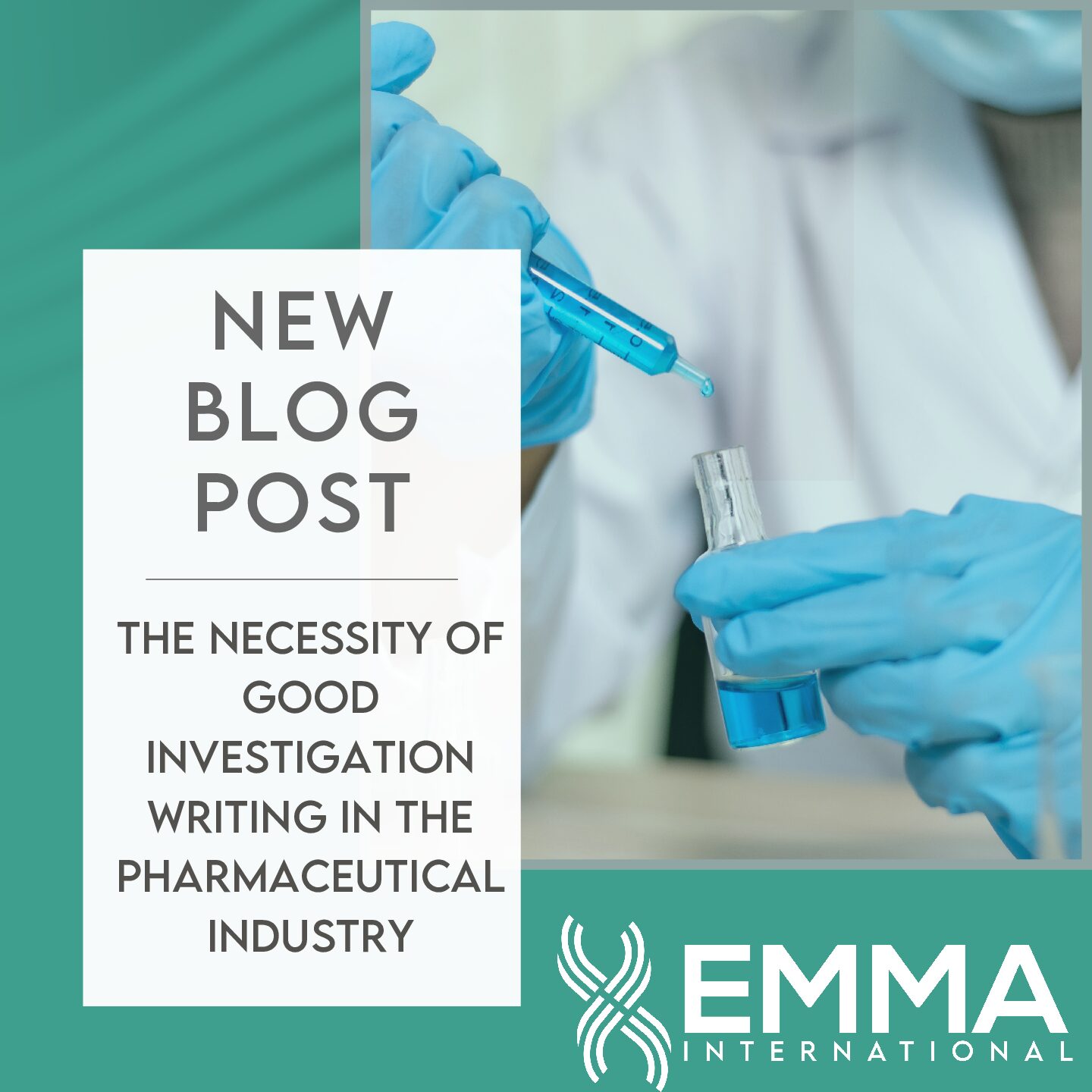The Special 510(k) program was established to create a more efficient review process (30 days instead of the 90 days for Traditional 510(k)s!) for certain changes subject to 510(k) submission requirements. FDA released a new guidance document that supersedes the Special 510(k) content in “The New 510(k) Paradigm: Alternate Approaches to Demonstrating Substantial Equivalence in Premarket Notifications,” issued on March 20, 1998. What are some of the changes? Read on.
The Special 510(k) program facilitates the review of certain changes by leveraging design control requirements. Thus, manufacturers can use risk analysis and verification and validation activities to facilitate the review and clearance for the change(s). In the past, a change in intended use or fundamental scientific technology would not be appropriate under a Special 510(k). In the new guidance (“The Special 510(k) Program”), FDA explains a shift to determining whether methods to evaluate the change(s) are well-established and whether results can be reviewed in a summary or risk analysis format. The guidance document outlines some guiding questions when considering whether a 510(k) is appropriate for review as a Special 510(k):
- Is it a change to the manufacturer’s own device?
A Special 510(k) can only be submitted for a proposed change by the manufacturer who is legally authorized to market the existing device.
- Are performance data needed to evaluate the change?
If performance data is not needed to evaluate the change, a Special 510(k) may be appropriate.
- If performance data is needed to evaluate the change, are there well-established methods available?
This can be the submitter’s methods used previously, internationally recognized standards, qualified medical device development tools, or scientifically accepted methods.
- If performance data is needed, can the data be reviewed in a summary or risk analysis format?
FDA should not have to review all the data to understand if they support substantial equivalence.
FDA outlines when a 510(k) may not be appropriate, including:
- Evaluation involves greater than 3 scientific disciplines (e.g., biocompatibility, sterility, EMC)
- Quality System inspection identified violations that relate to design controls that are relevant to the design changes under review in the 510(k)
- Changes of indications that require review of clinical, animal, or cadaver data
- Novel sterilization methods
If FDA finds that a Special 510(k) is not appropriate, FDA may convert the submission to a Traditional 510(k). However, this can result in delayed review timelines because the submissions require different elements.
The newly released guidance document includes examples of changes that may or may not be appropriate for the Special 510(k) route, as well as recommended content for a Special 510(k) submission.
Have any questions about this new paradigm? Do you need help with your 510k submission? Contact us at 248-987-4497 or email: info@emmainternational.com.






